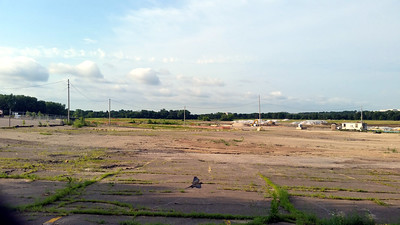Yesterday, the Community College Daily ran an interesting opinion piece about the relevance of community colleges and how Gen Z currently perceives higher education. Although the majority of the piece discusses branding, the author brings up two good points: community colleges need to offer a valuable return on investment, and community colleges need to take a different approach to “rightsizing.”
I have said again and again that community colleges have taken their collective eyes off the ball when it comes to living wage degree programs. Time, inflation, and changes in the labor market have all closed the earnings gap between a high school diploma, a certificate, and an associate degree. From an earnings perspective, these three credentials are almost indistinguishable. While a person with an associate degree can earn more than a person with a high school diploma, these initial income gains don’t stand the test of time.
Most current associate degree programs fail two different kinds of students: early career workers, and those looking for a new career path. Because associate degree earnings don’t hold up over time, an early career worker with an associate degree cannot expect to generate sufficient income over time to support a family or the worker’s lifestyle goals.
For workers who have gone back to school following the loss of a job or some similar event, the associate degree still comes up short. These workers may already have a family and a lifestyle that requires a substantial salary to maintain. Going backwards economically is not realistic for these people, and the typical associate degree does not generate enough income for them to maintain or improve their current lifestyle.
Community colleges have a role to play, if only…
That brings up the issue of “rightsizing.” Although the author was focused on rightsizing as it pertains to community colleges themselves, community colleges have a more important role to play in rightsizing that takes place in local industries and economic sectors.
Ann Arbor has had only a few economic shocks related to facilities closures in the past few decades. The closure of the Pfizer facility comes to mind. A planned (or unplanned) closure of a company or facility should be treated like a five-alarm fire. Granted, the Pfizer facility was a special case, in that it employed a lot of high-wage individuals. Many of the Pfizer employees opted to leave the area rather than remain in Ann Arbor.
But the local community college should be part of an ad hoc “crisis team” that forms to respond to closures, layoffs, and “rightsizing” when they occur among the area’s employers. This kind of response would be much more effective if the community college administration made a more concerted effort to create academic programs that lead to high wage jobs. This would allow both the early career worker and the worker whose employment circumstances change mid-career to remain in the area and maintain stable employment that allows them to maintain or improve their lifestyles.
Maintaining degree programs that offer high wage potential should be standard operating procedure for community colleges. WCC has an awful lot of high-dollar executives on the payroll. Exactly what return on investment are they providing for us?
Photo Credit: Joe Passe, via Flickr












